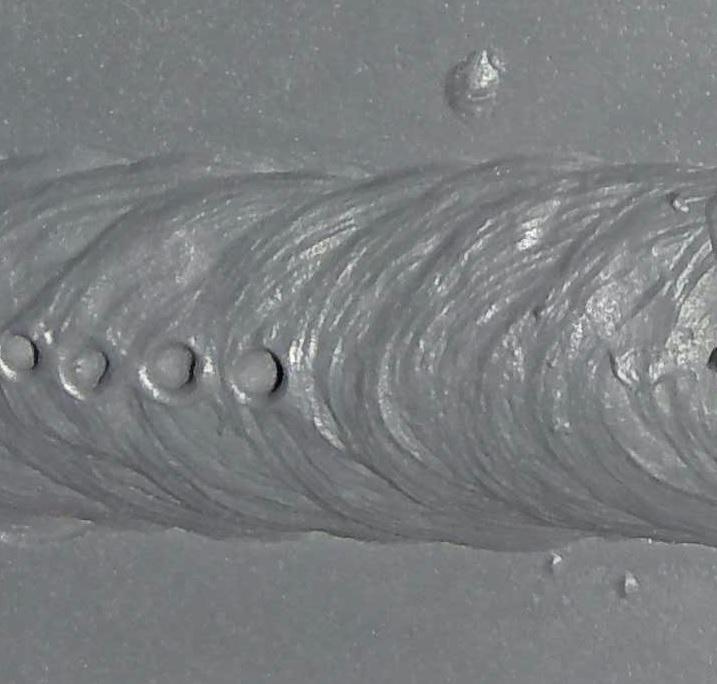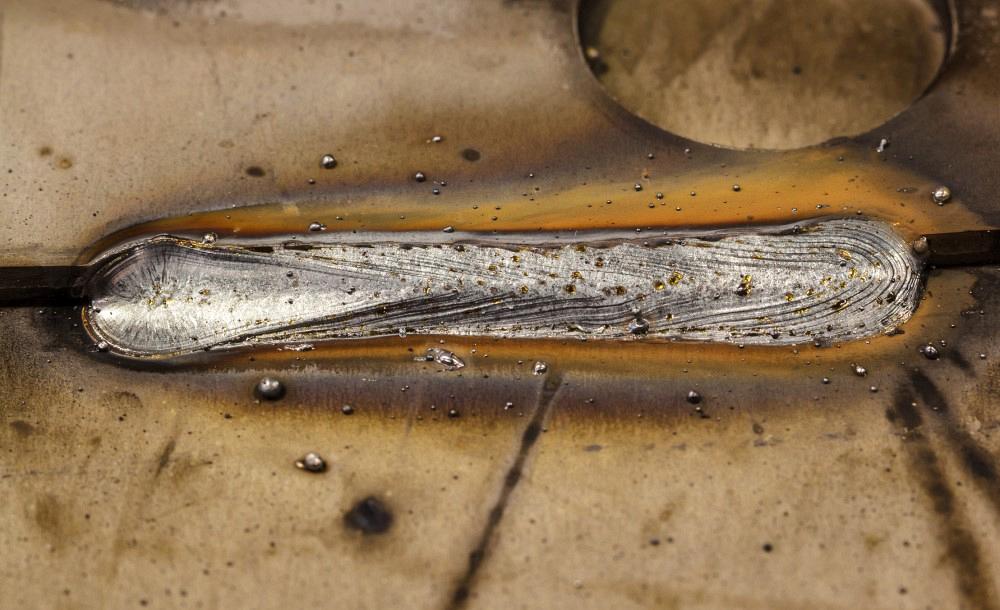Porosity in Welding: Identifying Common Issues and Implementing Best Practices for Avoidance
Porosity in welding is a pervasive problem that frequently goes undetected until it creates substantial problems with the stability of welds. In this conversation, we will certainly discover the crucial variables adding to porosity development, analyze its destructive effects on weld performance, and review the ideal methods that can be embraced to minimize porosity incident in welding processes.
Common Sources Of Porosity

One more frequent perpetrator behind porosity is the presence of impurities on the surface of the base metal, such as oil, grease, or corrosion. When these pollutants are not successfully eliminated prior to welding, they can vaporize and come to be entraped in the weld, triggering issues. Using filthy or damp filler products can present impurities right into the weld, adding to porosity concerns. To reduce these typical root causes of porosity, thorough cleansing of base metals, proper shielding gas option, and adherence to optimum welding parameters are important techniques in attaining top quality, porosity-free welds.
Effect of Porosity on Weld High Quality

The presence of porosity in welding can considerably endanger the structural honesty and mechanical residential properties of bonded joints. Porosity develops gaps within the weld steel, compromising its overall toughness and load-bearing capacity. These voids serve as tension focus points, making the weld a lot more susceptible to splitting and failing under applied lots. In addition, porosity can minimize the weld's resistance to rust and other environmental variables, better decreasing its longevity and efficiency.
Welds with high porosity degrees often tend to display reduced impact stamina and lowered ability to flaw plastically prior to fracturing. Porosity can restrain the he has a good point weld's ability to efficiently transmit pressures, leading to early weld failing and possible safety and security dangers in critical frameworks.
Ideal Practices for Porosity Avoidance
To improve the structural honesty and top quality of bonded joints, what specific procedures can be implemented to lessen the occurrence of porosity during the right here welding process? Making use of the right welding strategy for the certain product being bonded, such as adjusting the welding angle and gun setting, can additionally avoid porosity. Routine examination of welds and prompt remediation of any kind of issues recognized throughout the welding process are essential techniques to avoid porosity and generate high-grade welds.
Value of Appropriate Welding Methods
Applying appropriate welding methods is extremely important in making sure the architectural stability and top quality of welded joints, developing upon the structure of effective porosity avoidance measures. Extreme heat can lead to boosted porosity due to the entrapment of gases in the weld pool. In addition, using the appropriate welding parameters, such as voltage, current, and take a trip rate, is crucial for attaining sound welds with marginal porosity.
Furthermore, the choice of welding process, whether it be MIG, TIG, or stick welding, should align with the specific needs of the task to make certain ideal results. Proper cleansing and prep work of the base metal, in addition to picking the ideal filler material, are also crucial elements of skillful welding strategies. By adhering to these ideal techniques, look at here now welders can lessen the danger of porosity development and create premium, structurally audio welds.

Examining and Quality Assurance Steps
Quality assurance measures play an important role in confirming the integrity and dependability of welded joints. Checking procedures are necessary to detect and protect against porosity in welding, ensuring the toughness and toughness of the last item. Non-destructive testing approaches such as ultrasonic testing, radiographic screening, and aesthetic evaluation are typically used to determine possible flaws like porosity. These strategies enable the assessment of weld top quality without compromising the stability of the joint. What is Porosity.
Post-weld examinations, on the various other hand, examine the final weld for any kind of issues, including porosity, and verify that it satisfies defined requirements. Executing a thorough quality control strategy that includes detailed screening treatments and inspections is vital to minimizing porosity problems and guaranteeing the overall quality of welded joints.
Verdict
Finally, porosity in welding can be an usual concern that influences the quality of welds. By identifying the common sources of porosity and executing finest practices for prevention, such as correct welding methods and screening measures, welders can make certain premium quality and reputable welds. It is important to focus on prevention approaches to minimize the incident of porosity and maintain the stability of welded structures.